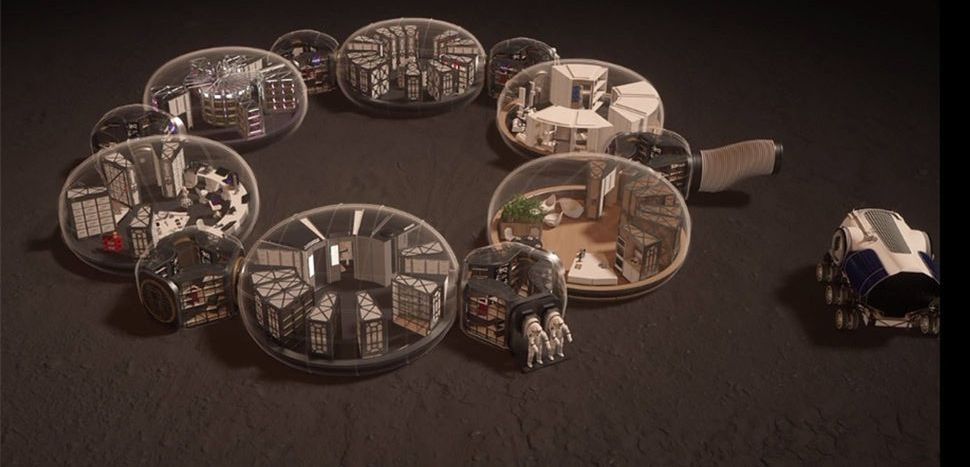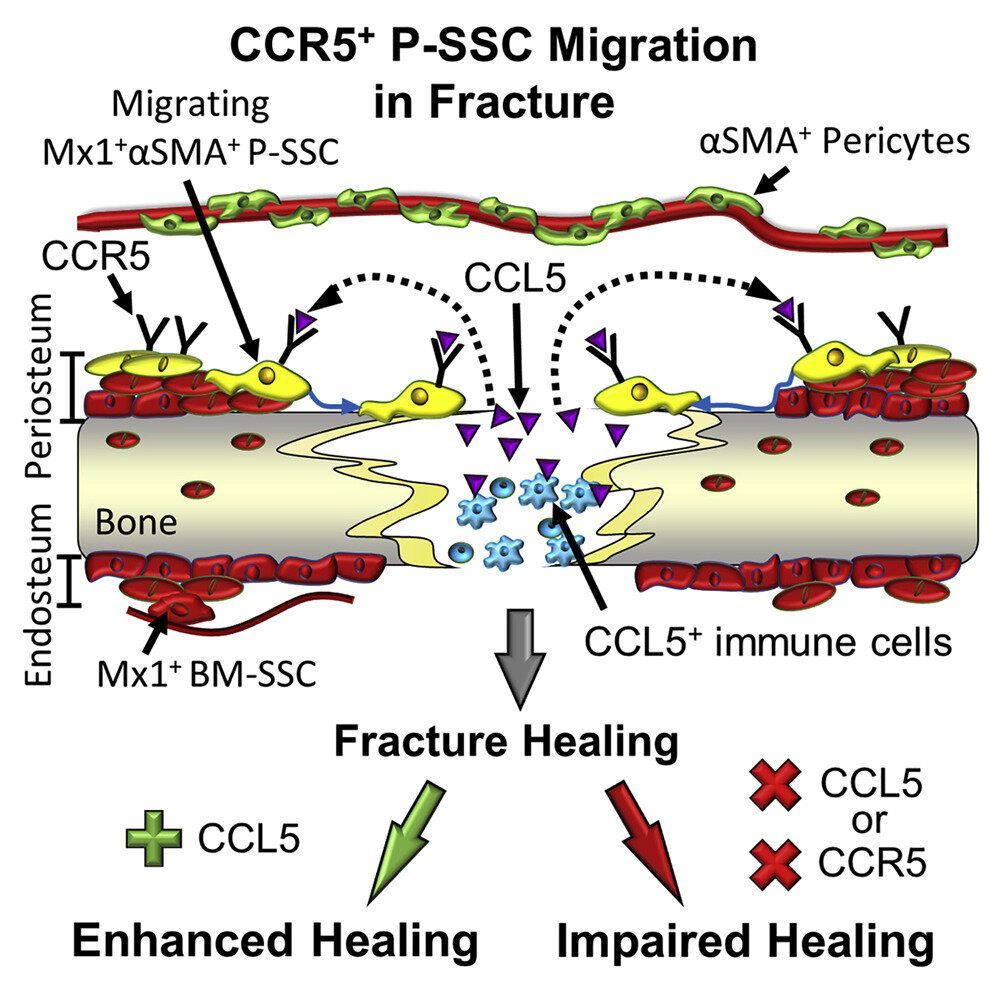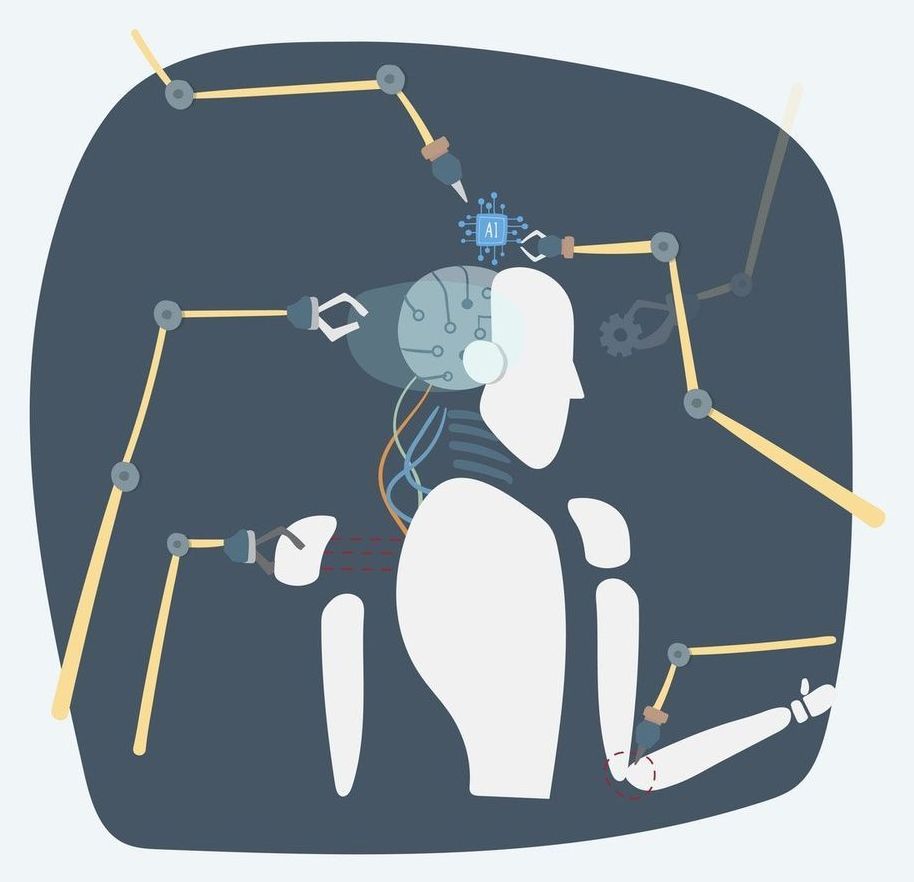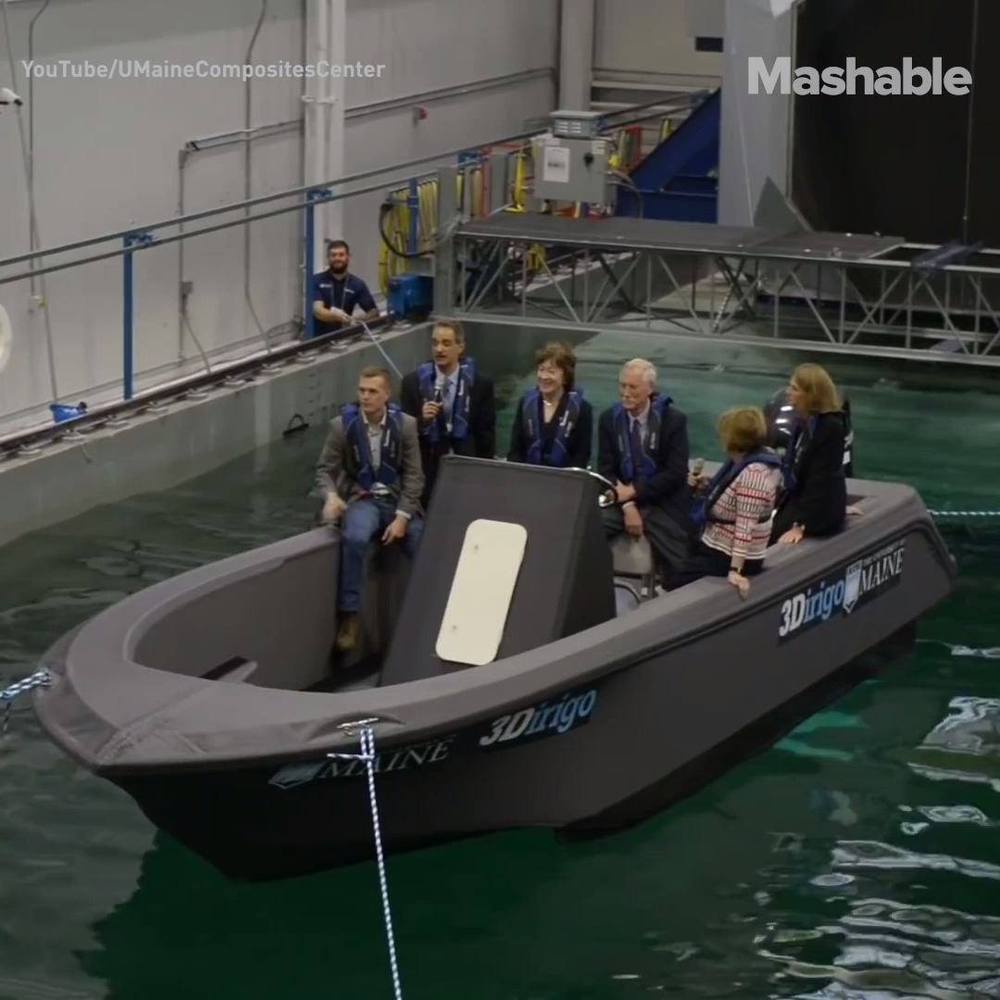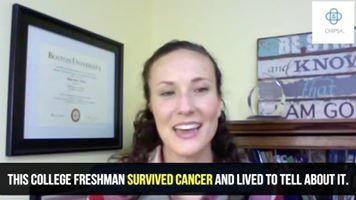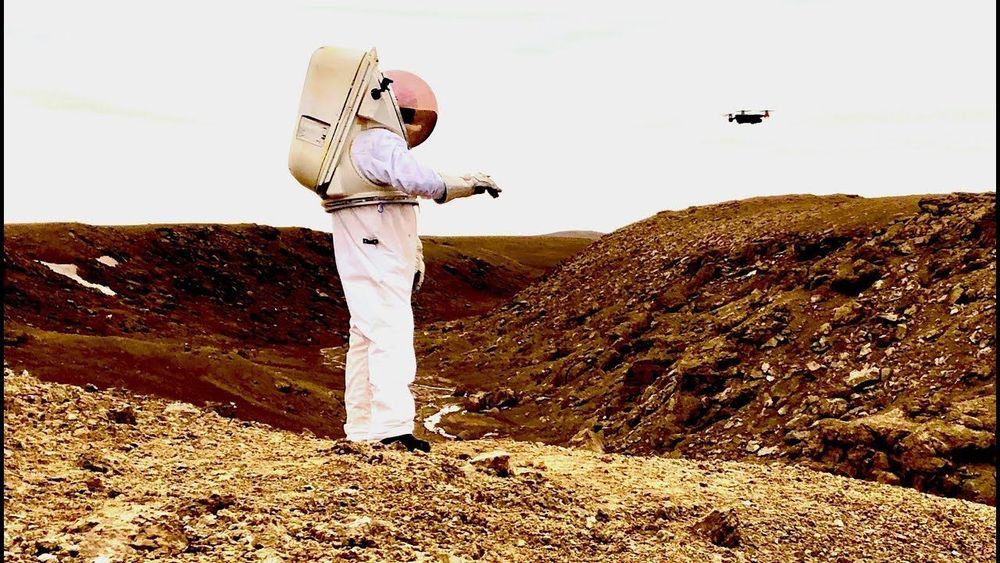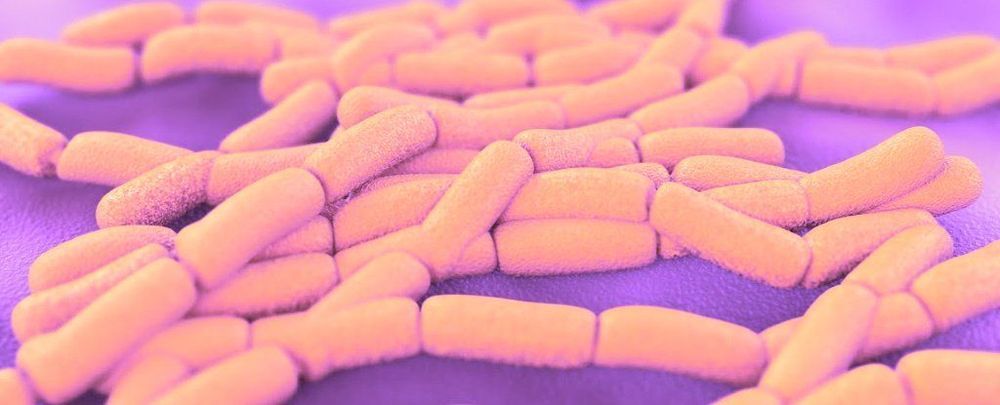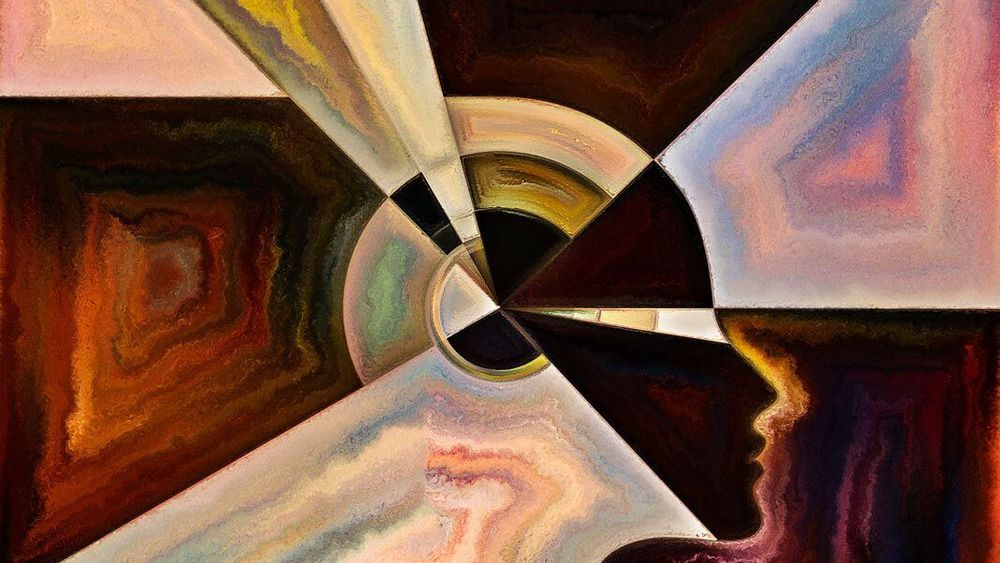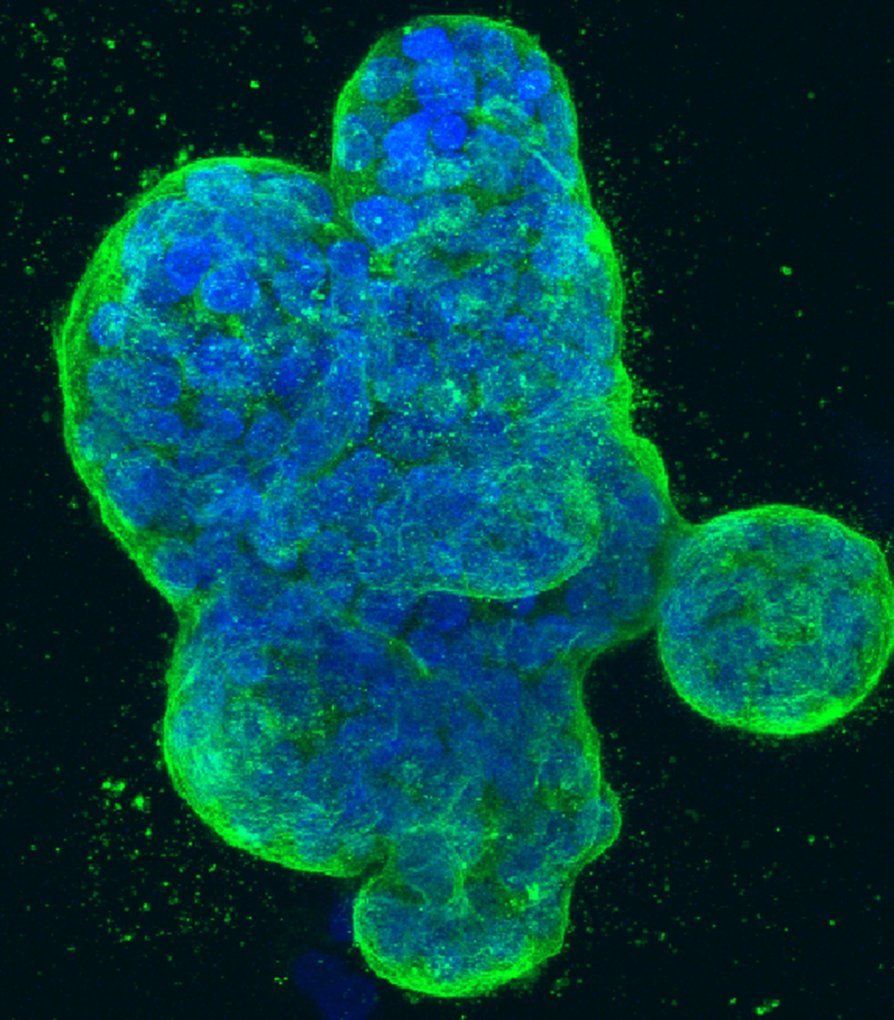Dec 9, 2019
How 3D-printing robots will get Mars home-ready for our arrival
Posted by Klaus Baldauf in categories: 3D printing, bioengineering, habitats, robotics/AI, space travel
NASA has tentative plans for a manned mission to Mars sometime in the 2030s. Between now and then, there’s still much that needs to be sorted. To start, massive dust storms, high levels of radiation, low temperatures and a lack of water make the Martian surface an unfriendly place for long-term visits. Taming it for human life will likely prove one of the most demanding and complex engineering puzzles in human history. With those extraordinary obstacles in mind, in 2015 NASA announced the 3D-Printed Habitat Challenge: an open call asking designers and architects outside the traditional aerospace industry to create plans for Martian living centred around 3D printing. One of 10 finalists announced in 2019, this plan from the design practices HASSELL and Eckersley O’Callaghan envisions teams of 3D-printing robots building a protective shield on the Martian surface several months in advance of a human landing. Upon arrival, astronauts would then work alongside the autonomous robots to piece together an inflatable, modular habitat.
Video by LightField London.
